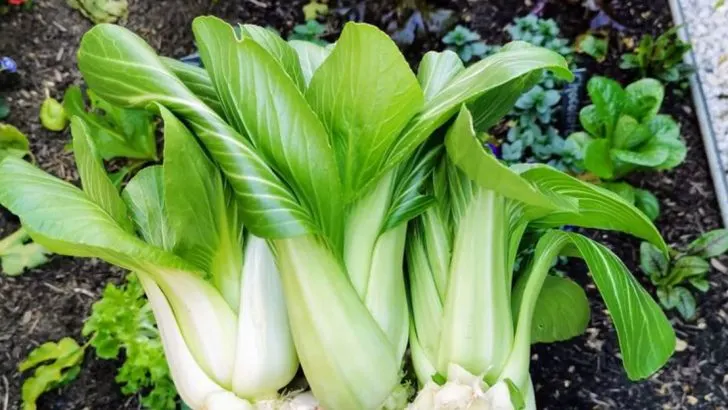Kale may have earned its place as a superfood superstar, but it’s far from the only leafy green packing serious nutrition. In fact, there are plenty of lesser-known greens that quietly outperform kale when it comes to vitamins, minerals, and antioxidants — and they’re just as easy (if not easier) to grow at home.
Whether you’re planting in a garden bed, raised box, or small container, these powerhouse plants are fast-growing, low-maintenance, and offer a refreshing variety of flavors and textures. Some even thrive in partial shade or cooler temperatures, giving you more flexibility with your growing space.
In this article, discover 12 leafy greens that are not only healthier than kale, but also bring bold taste and visual appeal to your plate — all while being perfectly suited to beginner gardeners and seasoned growers alike.
Swiss Chard
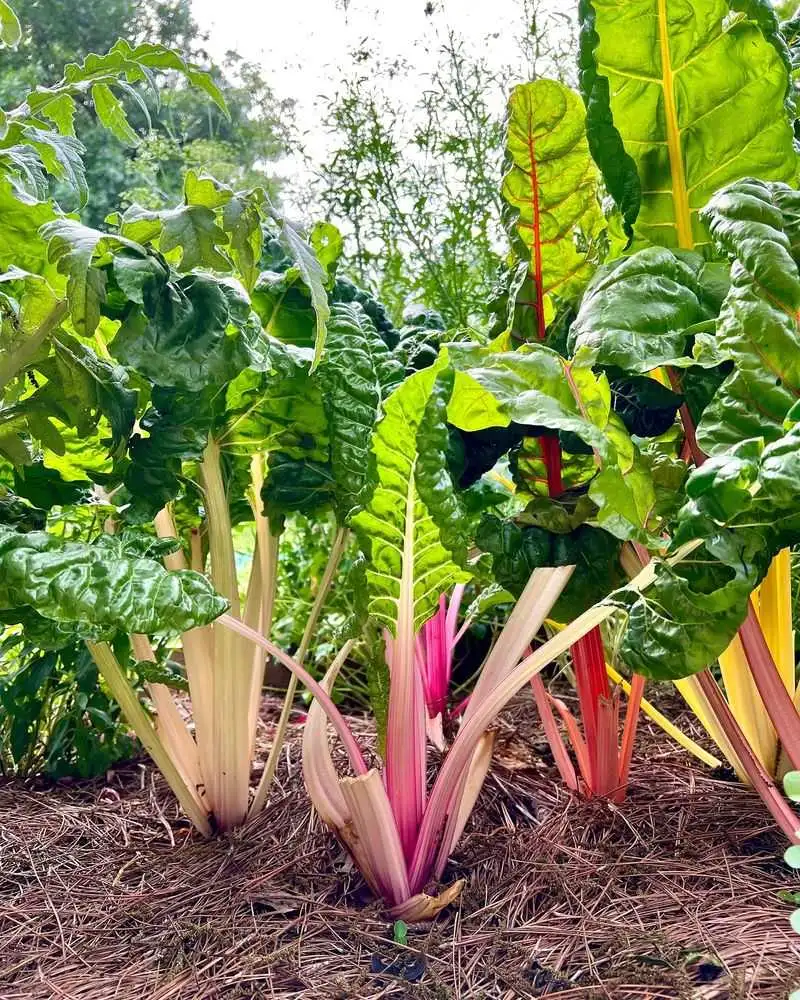
The rainbow stems of Swiss Chard are not just eye candy; they pack a nutritional punch. Rich in vitamins A, C, and K, this green supports eye health and boosts immunity. Originating from the Mediterranean, it thrives in both cool and warm climates.
Swiss Chard’s versatility in the kitchen makes it a favorite among chefs. Its slightly bitter taste mellows when sautéed or steamed, enhancing its culinary appeal.
Did you know? This leafy wonder was once considered a beet! Its close relation to the beetroot is evident in its earthy flavor.
Spinach
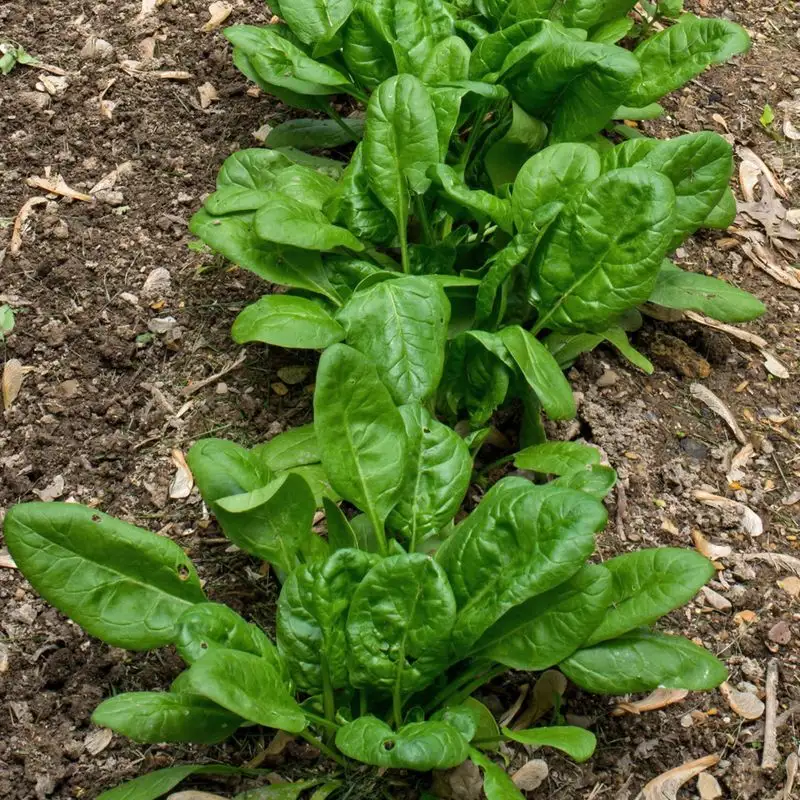
Spinach is the unsung hero of the leafy green world, celebrated for its mild flavor and nutritional density. Packed with iron and calcium, it supports bone health and muscle function.
This ancient crop, once revered by the Persians, grows rapidly and is remarkably resilient. Its adaptability makes it a staple in various cuisines, from salads to smoothies.
Fun fact: Spinach was dubbed the ‘Persian Green’ due to its origins in ancient Persia, and it has since traveled far and wide, earning a spot in gardens worldwide.
Arugula
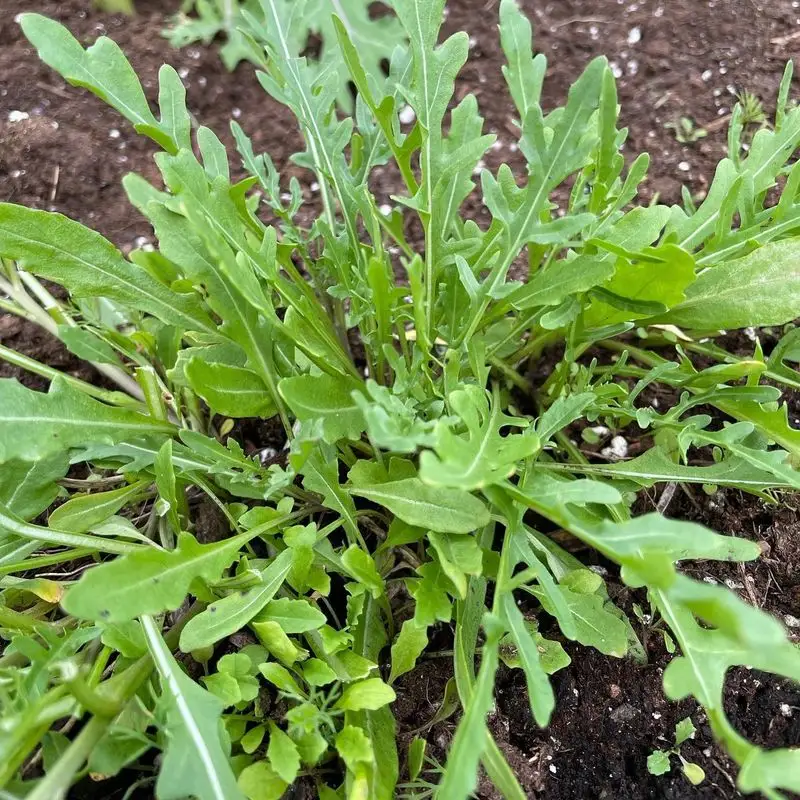
With its peppery kick, arugula stands out among leafy greens. This Mediterranean native is loaded with vitamins K and C, promoting healthy bones and immune support.
Its distinct taste makes it a favorite in salads and gourmet dishes. Arugula’s quick growth cycle suits urban gardeners and those with limited space.
A quirky tidbit: In ancient Rome, arugula was considered an aphrodisiac! Its spicy flavor was believed to spark passions, making it more than just a salad ingredient.
Watercress
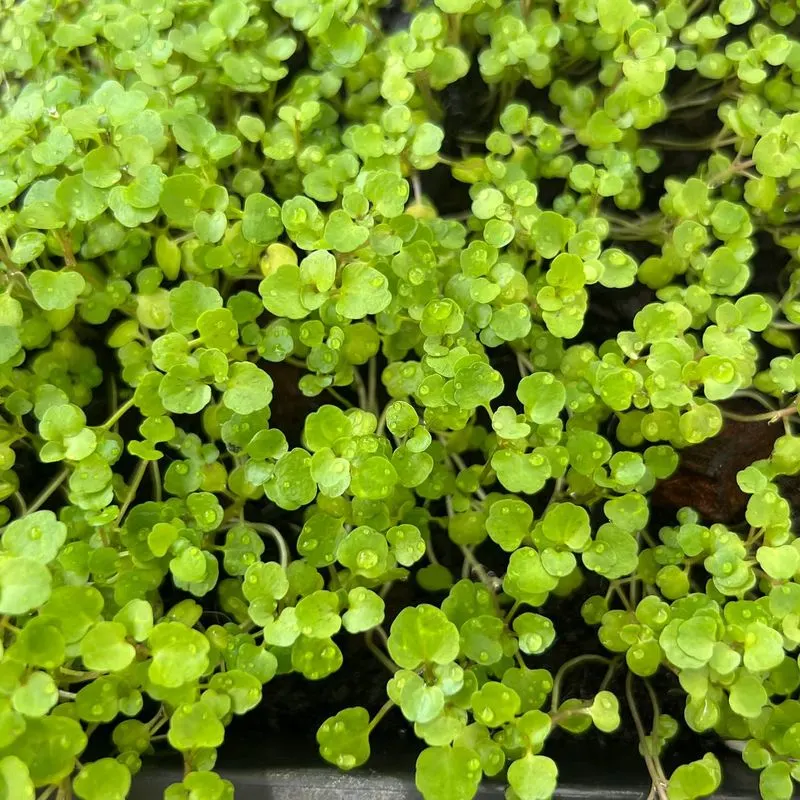
Watercress is a powerhouse of nutrients, often overshadowed by its more popular cousins. Bursting with vitamin C, it aids in collagen production and acts as an antioxidant.
Thriving in watery environments, this green is an excellent choice for aquaponic systems. Its slightly peppery taste complements soups and sandwiches.
Interestingly, watercress has been a dietary staple since ancient times, used by Greek soldiers for its purported strength-enhancing properties. Its legacy continues, making it a timeless addition to any diet.
Collard Greens
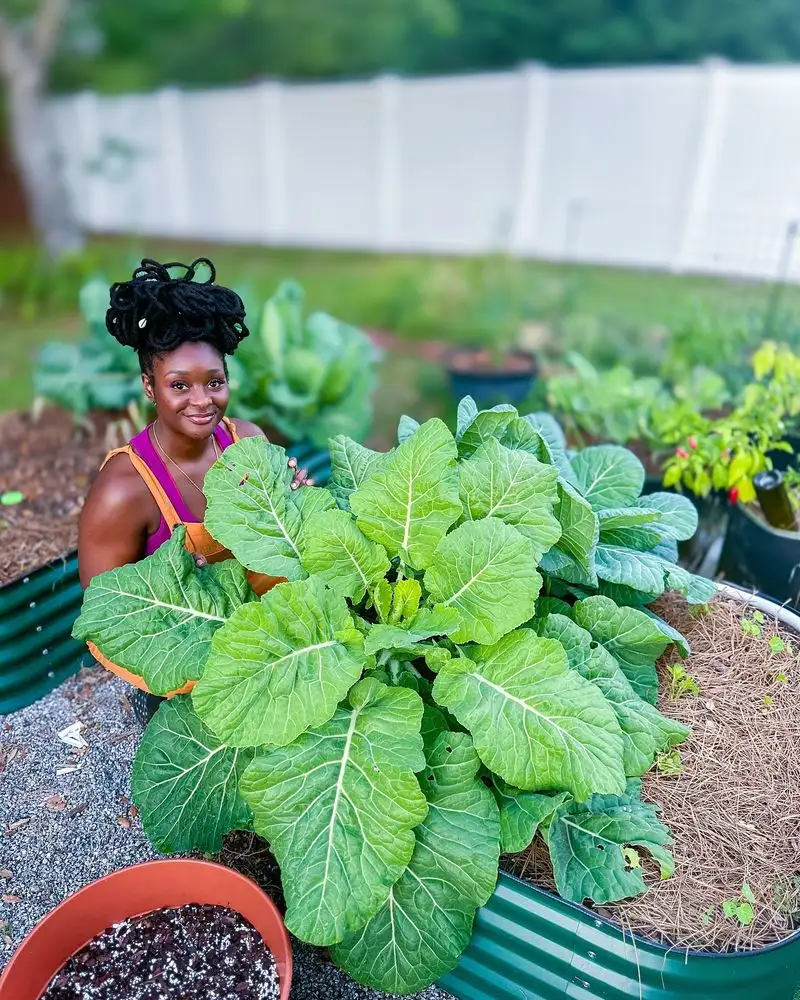
Collard greens have been a culinary staple in the southern United States for generations. Rich in fiber and vitamin K, they are vital for digestion and bone health.
These broad, dark green leaves can withstand heat better than most greens, making them ideal for summer growth. Traditionally, collards are cooked slowly, allowing their flavors to meld.
Did you know? Collards are a symbol of Southern hospitality, often served during gatherings and celebrations, embodying comfort and community in every bite.
Mustard Greens
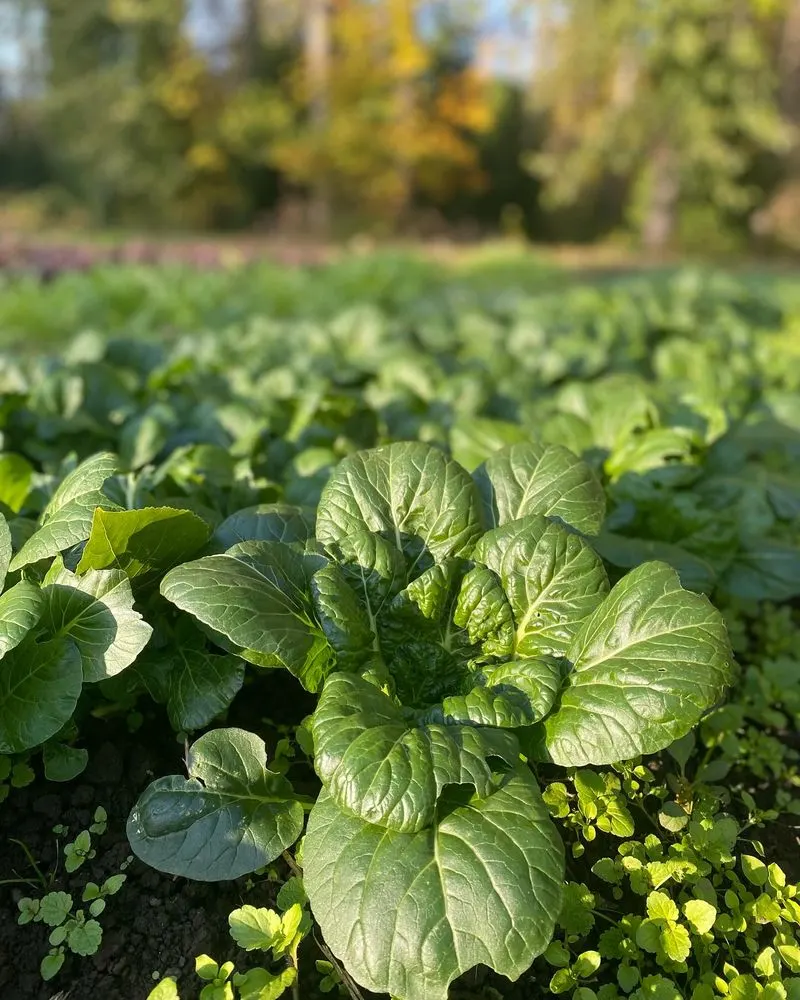
The spicy zest of mustard greens adds a dynamic flavor to any dish. Rich in vitamin A and antioxidants, they support vision and skin health.
These greens are hardy, thriving in cooler temperatures and adding a burst of color to winter gardens. Their peppery bite makes them a standout in stir-fries and pickled dishes.
Quirky fact: Mustard greens are part of the Brassica family, closely related to broccoli and cabbage, showcasing the diverse tastes of this vibrant plant family.
Beet Greens
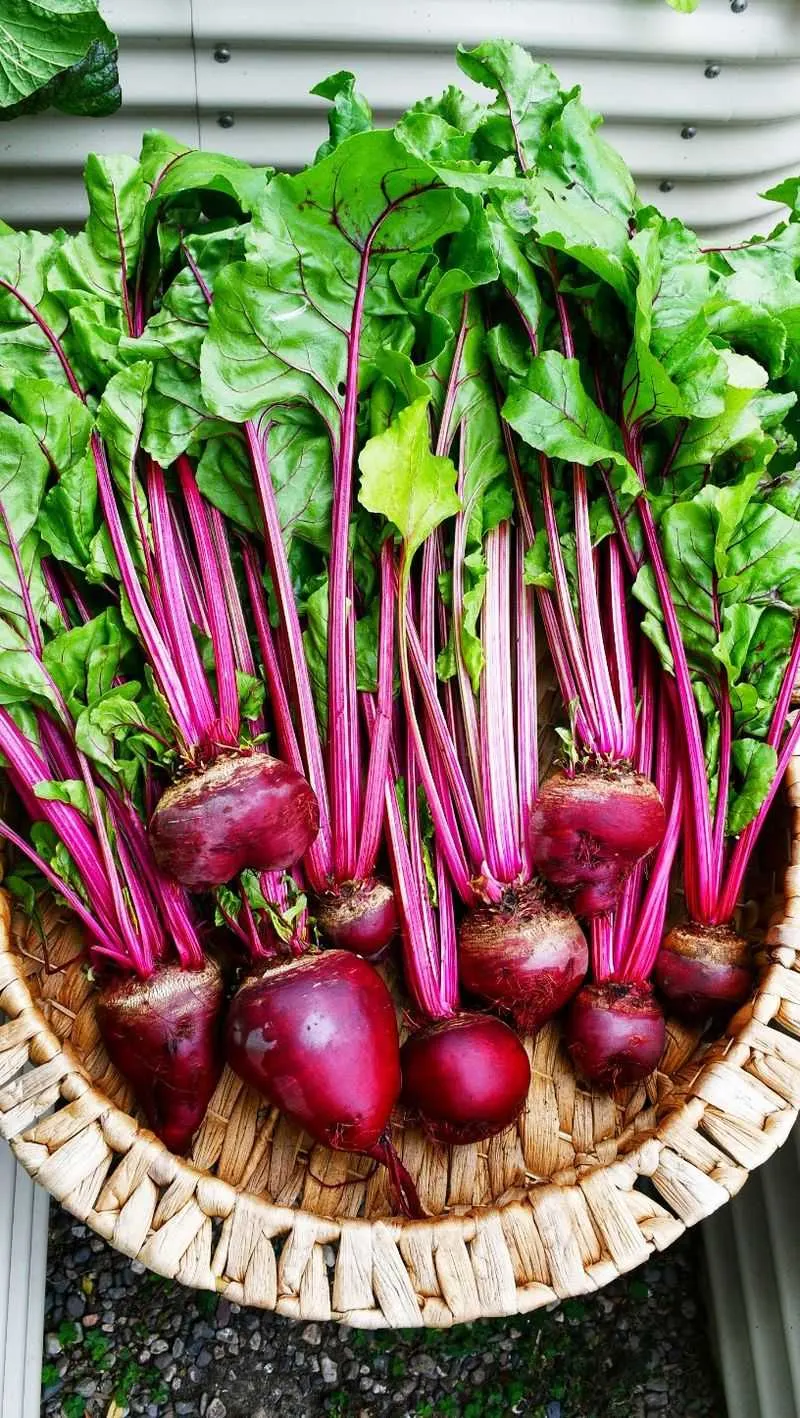
Often overlooked, beet greens are a nutritional treasure, packed with vitamins A, C, and K. They promote healthy vision and immune function.
Resilient and easy to grow, these greens are a gardener’s delight. Their sweet, earthy flavor pairs well with citrus and goat cheese, enhancing salads and side dishes.
Fun fact: Beet greens were once more popular than the beetroots we cherish today. Their historic culinary use dates back centuries, a testament to their enduring appeal.
Bok Choy
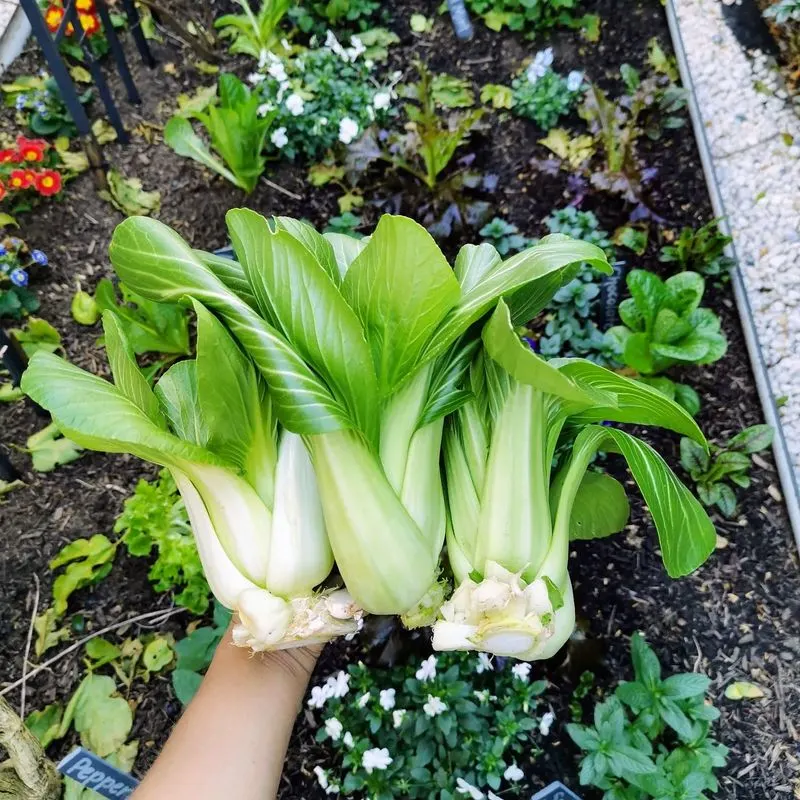
Bok Choy is a staple in Asian cuisine, renowned for its crisp texture and mild flavor. High in vitamins A and C, it supports immune health and skin integrity.
This fast-growing plant is perfect for small gardens and urban farming. Its versatility in cooking, whether stir-fried or steamed, adds to its global popularity.
Curious tidbit: Bok Choy, also known as Chinese cabbage, has been cultivated for over 5,000 years, earning its place in both history and modern kitchens alike.
Kohlrabi Greens
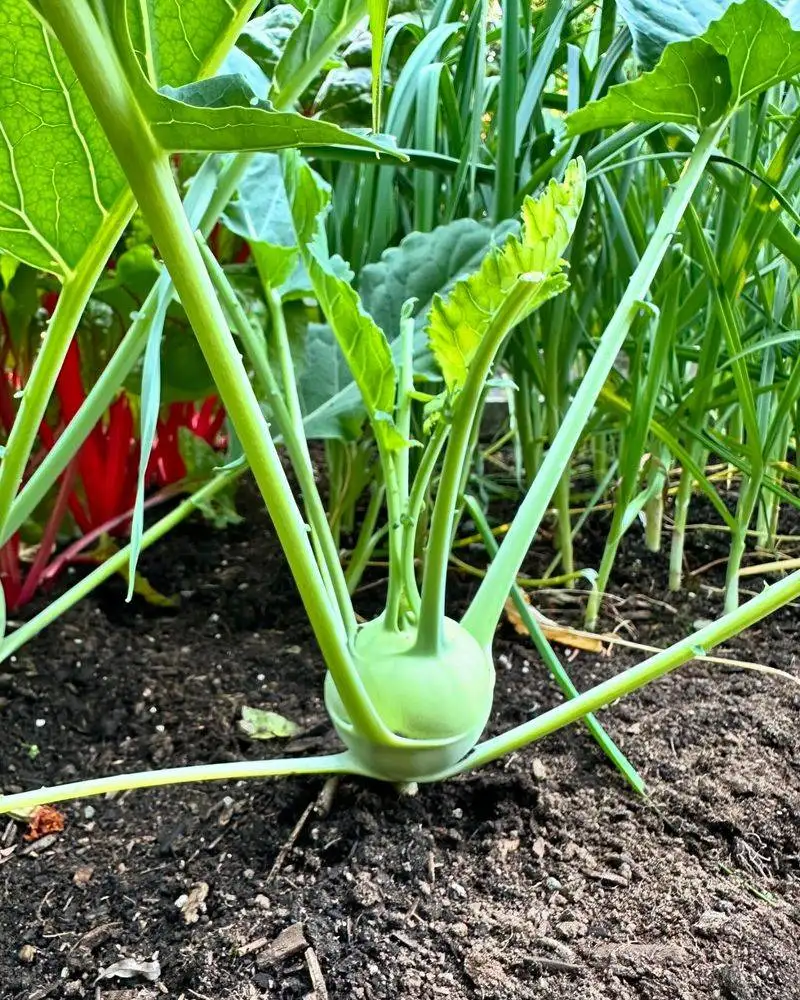
Kohlrabi is often grown for its bulbous stem, but its greens are equally nutritious. Rich in vitamin C and fiber, they aid in digestion and boost immunity.
These greens have a unique, slightly spicy flavor that stands out in salads and sautés. Easy to grow, they can be harvested continuously throughout the season.
Did you know? Kohlrabi gets its name from the German words ‘kohl’ (cabbage) and ‘rabi’ (turnip), reflecting its unique cross in the plant world.
Turnip Greens

Turnip greens are a hidden gem, full of flavor and nutrients. Packed with calcium and vitamins A and K, they support bone health and vision.
These greens are robust, thriving in both spring and fall gardens. Their slightly bitter taste is tempered by bacon or ham hocks in traditional dishes.
Fun fact: In the past, turnip greens were a common food for farm animals, but they’ve since found their way onto gourmet plates, celebrated for their bold taste and nutrition.
Romaine Lettuce

Romaine lettuce is more than just a salad base; it’s a nutritional powerhouse. Rich in folate and fiber, it supports heart health and digestion.
With its crisp texture, romaine adds a refreshing crunch to any dish. It grows well in cooler climates, making it a versatile choice for diverse gardens.
Did you know? The ancient Egyptians considered romaine to be a symbol of fertility and healthy living, a belief that continues to resonate with health enthusiasts today.
Mizuna

Mizuna, a Japanese green, is celebrated for its delicate fronds and peppery flavor. High in vitamin C and antioxidants, it supports immune health and skin vitality.
Easy to grow and quick to mature, mizuna is perfect for succession planting. Its unique taste enhances salads and soups, adding a touch of elegance to meals.
Intriguing fact: Mizuna, known as ‘Japanese mustard greens,’ has been cultivated in Japan for centuries, now gaining popularity in Western cuisines for its distinct taste.

